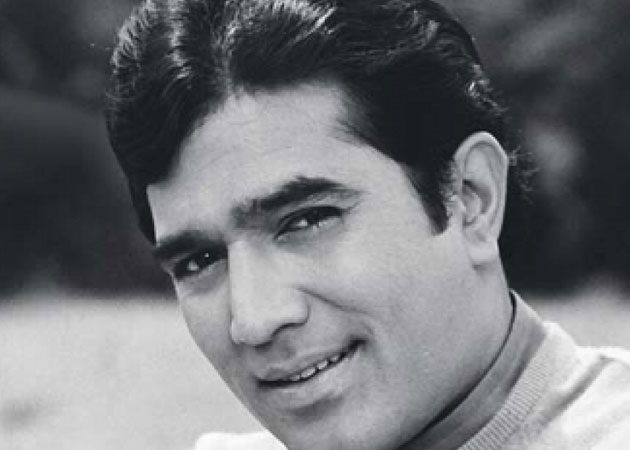Hilal Mir
The only outsiders who have been included in the repertory of Kashmiri wedding songs are Rajesh Khanna, Vinod Khanna and an anonymous ghazi, a religious fighter, from Pakistan.
In weddings, you would find women lined in rows, arms locked around each other’s back, swaying forward and backward, singing wanwun, a love song, over the fast clapping of hands or the rhythmic beating of tombhak naer, the Kashmiri clay goblet drum.
On the arrival of the bridegroom in the bride’s home, enthusiastic women, especially young girls, would sing: aa vie, aa vie Rajesh Khanna… seet chhus Vinod Khanna (Rajesh Khanna has come, and along he has brought Vinod Khanna). Bridegrooms blushed at the comparison, especially while navigating the rows of singing women scanning his physical features minutely at the same time. Vinod remained the sidekick, like in many films, to the key character.
The other song that felicitated the bridegroom as a warrior from Pakistan goes like this: Sabz dastaras khoda chhui raezee, Pakistanuk ghazi aaw… (The ghazi of Pakistan is here, god is benevolent upon his green turban…).
Why did Kashmiri women liken all bridegrooms to Rajesh Khanna or a Pakistani ghazi? The latter is explicable because a section of the people still yearns for Kashmir to become Pakistan. But how an Indian actor made it to wedding celebrations will remain a mystery, given the build-up to the rupture, which occurred in the political as well as cultural sense, in the late 1980s.
Almost all actors of the previous generation have shot movies in Kashmir. For a Kashmiri born before the 1980s, Khanna is immediately recognisable by the song ‘Jai jai Shiv Shankar’ in the movie Aap ki Kasam, which was shot in Gulmarg. Almost all the Kapoors of the previous generation have shot at least a movie each in Kashmir, but barring carpet weavers, who have a unique relationship with Hindi cinema, no one talks about them, not to speak of them being celebrated at weddings. Ditto for the macho Khans. I guess it was Kaka’s popularity among a large cinema-going class that accorded him the special place.
In the mid-1980s, when movie theatres were still open and billboards mounted on horse-driven tongas would publicise the impending release of a movie in old Srinagar, a card game became viral. It involved collecting 52 card-size portraits of Bollywood actors and actresses. One way to acquire more was to toss a coin and bet your pictures for the ones you desired. The other was to guess an actor or an actress in an inverted card. Teenagers lusted after the one depicting Khanna courting the sensuous, bashful Sharmila Tagore in the movie, Aradhana.
Beginning 1990, when celebrations became rare and funerals frequent, women sang ‘wanwun’ to the bodies of young men — ghazis from Pakistan among them —being carried to ‘martyrs’ graveyards’. New songs echoed the times. “Wati wati crackdown chalann kona chhukh (Run, there is crackdown everywhere),” was one popular song in the 1990s.
The mirthful Khanna of the weddings had faded away long before death took him away.
(The author works at the Delhi bureau of the Hindustan Times)











